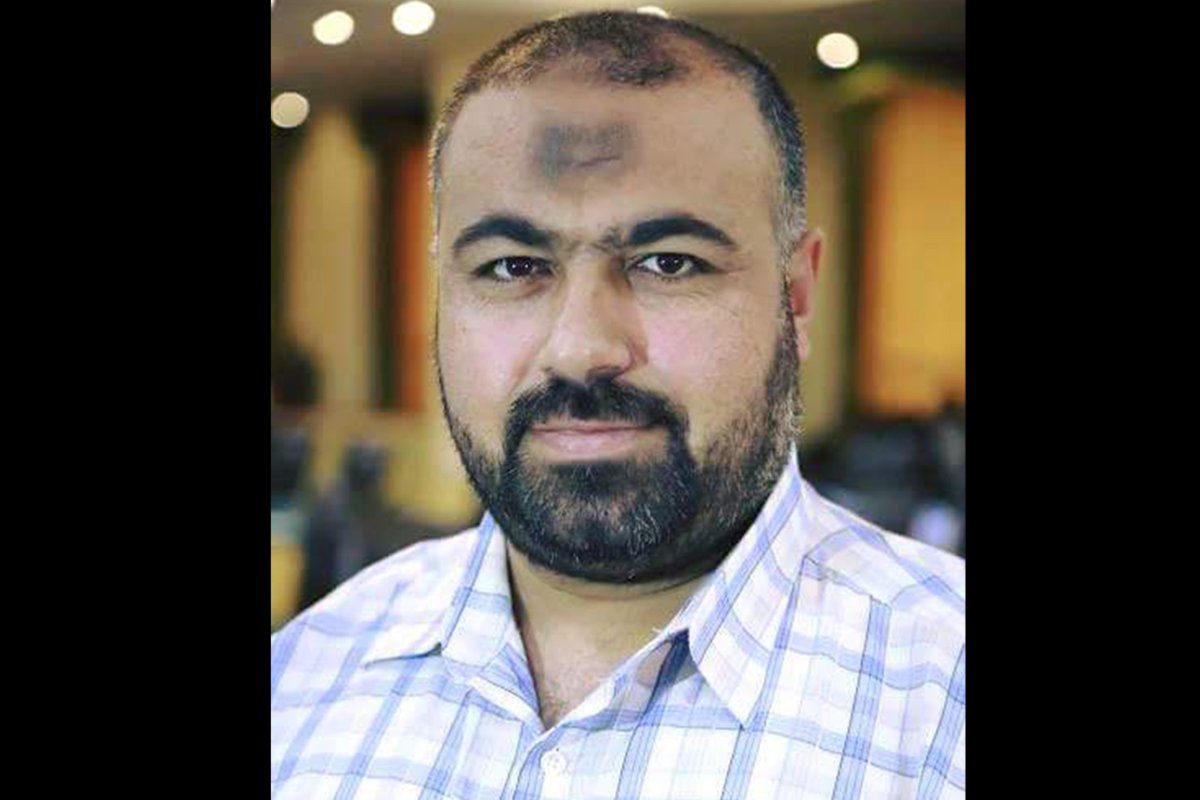Israel launched its deadly “Operation Cast Lead” against the population of the Gaza Strip in 2008 but the full effects of the war are only just coming to light.
More than 1,400 people -the majority civilians – were killed during the 22-day offensive which began on 17 December 2008, however Israel’s use of numerous weapons to batter the besieged enclave has left lasting damage to the lives of children.
On the thirteenth day of the attack, Israel dropped a bomb on Maymouna Dalloul’s family home. Ten members of her family were inside at the time of the strike.
Read: Israel tightens decade-long siege on Gaza
First came the sound of the large bomb then thick smoke filled the area causing the family to have itchy noses and leaving their eyes full of tears, they tell MEMO.
We were unable to see each other and felt like we were going to die from the smoke
“We did not know what exactly happened at that time,” Maymouna continues, “all I remember is that all of my children started screaming loudly and I thought that was the end of our lives.”
Maymouna, her eight children and her husband had become the latest victims of Israel’s use of white phosphorous.
White phosphorus can cause injuries and death in three ways: by burning deep into tissue, by being inhaled as smoke, and by being ingested. Extensive exposure by burning and ingestion may result in death.
Over the past eight years four of Maymouna’s children have suffered blurred vision and had to have cataract operations. They were among a number of minors who suffered the same fate, an ailment which normally only afflicts the elderly.
“Like many other people in Gaza, Maymouna’s daughter, Latifa, suffered from blurred vision and had a cataract operation in 2011 and she almost recovered full sight,” Ophthalmologist Ali Abu-Shalan says.
“A couple of months later, Maymouna’s son suffered the same disease and he had a transplant. Then, two of her sons came with the same disease and both had the same surgery,” the doctor at Al-Nasser Hospital explains.
When they told me that they had been victims of white phosphorous bombs, I conducted studies and linked the cases to the bombs and found an almost certain relationship between the bombs and this disease.
Of the children, Latifa, Abdullah and Mahmoud’s surgeries succeeded, but Ahmed’s treatment failed.
Ahmed was just four years old when his family home was bombed. However the events of the day still resonate with him.“We were at home when the Israeli occupation struck our house with phosphorous. An ambulance came to our house and evacuated us to the hospital, but we did not suffer any problem when we left the area around our house,” he says. It was only later that the effect the poisonous gas had on the family began to appear.
“His case has deteriorated and he is likely to lose his sight within years,” Abu-Shalan warns. The 14-year-old needs “urgent” surgery either in Jerusalem or Egypt.
Due to Israel’s decade-long siege on the Gaza Strip, travelling for treatment is no easy task. At first, Maymouna referred Ahmed’s case to the Ministry of Health in Gaza in order to obtain a travel permit to allow him to access the treatment he needs at Al-Maqasid Hospital in Jerusalem.
“Me and my son applied for travel permits but the Israeli occupation authorities rejected both of our applications for security reasons,” Maymouna says. She can understand what threat they cause and no authorities are willing to give further details.
With Ahmed’s condition worsening, the Palestinian Ministry of Health referred him to a specialist hospital in Egypt, however the Rafah crossing between Gaza and its African neighbour is almost permanently closed.
Doctors fear the delay in accessing treatment may cause Ahmed’s eyesight to regress to the extent where treatment would no longer become viable or there would be little chance of success.
Read: UNRWA warns of ‘high cost’ consequences of Israeli siege on Gaza
The Rafah crossing was last opened 51 days ago. Over the course of three days 1,500 Palestinians passed through it. However, there are currently 30,000 Palestinians trapped in the besieged Gaza Strip who are in urgent need to travel and who are awaiting their chance to pass through Rafah’s barriers, according to Gaza’s Ministry of the Interior.
Ahmed is just one of these cases.
The views expressed in this article belong to the author and do not necessarily reflect the editorial policy of Middle East Monitor.


![Ahmed Dalloul was just four years old when his family home was bombed with white phosphorus [MEMO]](https://i0.wp.com/www.middleeastmonitor.com/wp-content/uploads/2017/05/unnamed-1-e1493640278429-500x333.jpg?resize=500%2C333&ssl=1)






